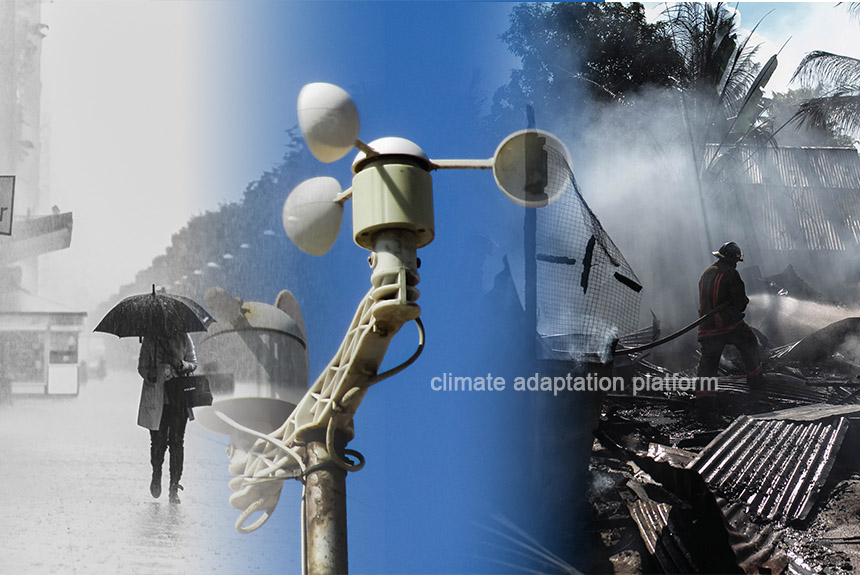A study published in Earth’s Future in December 2022, Advancing Earth And Space Sciences, examines the global land climate at 2°C warming.
The authors find that Earth will likely reach this by the 2040s. As the world approaches this critical temperature, understanding future climatic changes is crucial for policymakers to prepare and implement climate adaptation and mitigation plans.
The authors worked with a specially processed set of climate predictions generated initially by 35 of the world’s leading climate models – specifically, contributors to the Coupled Model Intercomparison Project (CMIP), which includes models developed by the NASA Goddard Institute for Space Studies. CMIP provides climate projections that help the Intergovernmental Panel on Climate Change and other climate groups understand historical, current, and future climate changes.
Their analysis shows that when temperatures reach 2°C based on most CMIP6 models, there will be significant changes in six key climate variables – mean air temperature, precipitation, relative humidity, downwelling shortwave and longwave radiation, and wind speed but with geographically varying magnitude and direction of changes.
The study notes that many projected changes are expected to exacerbate climate impacts. For instance, increasing heat stress and fire risks are already manifesting as life-threatening impacts due to climate change. The authors’ fine-scale spatial analysis reveals that parts of the globe (e.g., countries in lower latitudes) will experience significant climate impacts even if pledges to limit warming to less than 2°C are achieved.
Precipitation
Widespread precipitation increases over the northern hemisphere >50°N are projected soon. Southeastern Greenland will see a rapid increase in precipitation dominated by rainfall, implying a transition from a snow-to-rain-dominated high-latitude region, especially in the summer and fall seasons.
In the tropics, precipitation changes in the 2040s show a contrasting pattern. In the Amazon basin, annual precipitation will decrease. Dry regions, including Southern Africa, Southwest North America, Australia, Sahel, and Mediterranean regions, also show a widespread decline in rainfall in the 2040s.
In contrast, Western and Eastern Africa and South Asia show a remarkable increase in precipitation under the lower emissions scenario (SSP2-4.5).
Relative humidity
At the global scale, relative humidity is projected to decrease under higher and lower emissions scenarios. Increasing precipitation in Western and Eastern Africa and South Asia will increase the pattern of relative humidity.
A most significant decrease in relative humidity is expected for the Amazon, particularly over the southeastern edge of the rainforests called the “Arc of Deforestation,” where extensive land use changes are happening.
Central North America and Mediterranean regions also display significant decreases in relative humidity.
Wind speed
Global wind speed abruptly decreased between the 1990 and 2020s, and this trend is expected to continue over the rest of the 21st century. This weakened wind speed over land is known as “terrestrial stilling”. The most northern extratropic shows decreasing wind speed, whereas an increasing pattern is observable in most of the Southern Hemisphere.
A substantial wind speed decrease over Central and Eastern North America, Northern Europe, and Tibet is noteworthy. The study also finds that the Amazon and Southeast Asia are projected to experience much windier conditions in the 2040s than the baseline.
The projected decreasing trends in wind speed indicate that terrestrial stilling will continue during the 21st century.
Heat stress
More significant increases in heat stress may happen over the Amazon, Central and Eastern North America, Mediterranean, and Eastern and Northern Asia. At the same time, Australia and South America may experience a lower degree of changes in extreme heat.
Fire Weather
The computed changes in the fire weather index (FWI) under the moderate emission scenario (SSP2-4.5) reveal that Western and Central North America, Amazon, Mediterranean, and South Africa will be at higher fire risk in the 2040s than the baseline period. In contrast, Eastern and Western Africa and South Asia show a slight decrease or no change in FWI.
An exceptional increase in FWI over Western and Central North America is observed where historical fire frequency, size, and intensity have significantly increased during the last few decades.
The study’s analysis of FWI from 35 CMIP6 GCMs suggests that continued climate change will further elevate extreme fire risks by the end of this century.
The study comprehensively assesses projected climate changes under 2°C warming. It highlights the urgent need for further studies to identify key hotspots and advance region-specific actionable adaptation and mitigation plans.
The authors conclude that understanding future climate change and its spatial heterogeneity is critical to identifying where and to what extent lives and livelihoods will be at risk.
This is a prerequisite for policymakers to prepare more actionable climate adaptation and mitigation plans for future climate change.
Source:
Park, T., Hashimoto, H., Wang, W., Thrasher, B., Michaelis, A. R., Lee, T., Brosnan, I. G., & Nemani, R. R.. (2023). What Does Global Land Climate Look Like at 2°C Warming?. Earth’s Future, 11(5). https://doi.org/10.1029/2022ef003330



Leave a Reply